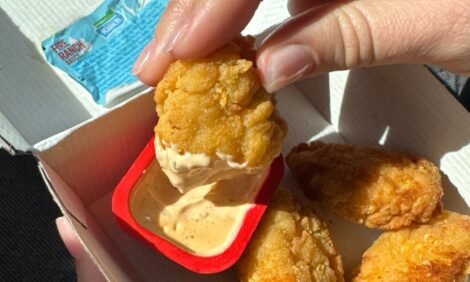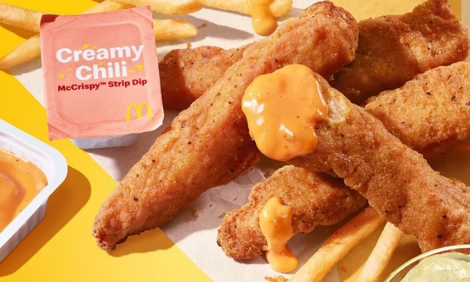



Hens Eat Hemp
DENMARK - Hens at the University of Aarhus are being fed silage made from hemp, alfalfa, maize and grassy herbs.In organic egg production, hens are offered roughage in the form of pasture vegetation in the hen yard, silage or vegetables as a supplement to their organic ration. Scientists from Aarhus University are now developing a new feeding concept whereby the rough, green forages are not simply used as a snack but as an integral and nutritious part of the diet.
"Roughage has a nutritional value of its own, which can provide additional nutrients to that supplied in the ready-mixed feed. Since the ration is formulated to cover all the requirements of the hens, the roughage only provides extra nourishment. In the new concept roughage is considered as an ingredient that contributes its own nutrients," explains senior scientist Sanna Steenfeldt from Aarhus University.
Benefits for the environment, animal welfare and product quality
The new concept, where the composition of the total ration is optimised in combination with roughage, combines three key issues in organic egg production: consideration for the environment, animal welfare and product quality.
Product quality of organic eggs as result of feeding the various types of roughage on offer will be characterised by analysing, among other things, the taste and appearance of the egg yolk, egg albumen, eggshell quality, the composition of carotenoids, which give colour to the yolk, and the composition of fatty acids in the egg yolk.
The effects of the different types of roughage on the immune status and bowel health of the hens will be investigated, such as whether they are resistant to infection with the roundworm Ascaridia galli in order to increase the robustness and welfare of hens.
Optimizing the composition of the diet could help reduce the excretion of nitrogen and phosphorus with benefits for the environment.
The hens used for the experiment is the robust and productive Hisex White breed, which at present is very common in organic egg production.
Hemp or carrots?
The menu has a wide selection, where hemp is but one of the quirkier choices.
"Hemp is difficult to harvest but the hens love it because of its aroma. They do not get a high from the hemp, though, as there is so little cannabidiol in it that it cannot be detected," assures Sanna Steenfeldt.
Each experimental group will have only one choice among the range of forages on offer, which includes maize silage, alfalfa silage, grass and herb silage, hemp silage, maize cob silage and a seasonal vegetable – either carrots, kale or beet roots. The control group will receive no roughage and only have access to bare ground in the hen yard. This means that the control group is not reared organically. They are included in the study to compare the general welfare of hens receiving roughage with those that do not.
The ready mixes that have been specifically formulated according to the type of roughage the hens receive are produced with the help from the agribusiness company DLG.
The experiments are a continuation of previous experiments that looked at the effect of different breeds and types of feed on egg quality.
The project is a joint effort between DLG, Danæg, and Knowledge Centre for Agriculture and has been funded by the Danish Innovation Act under the Ministry of Food, Agriculture and Fisheries and by the Danish Poultry Council (Fjerkræafgiftsfonden).








